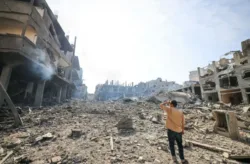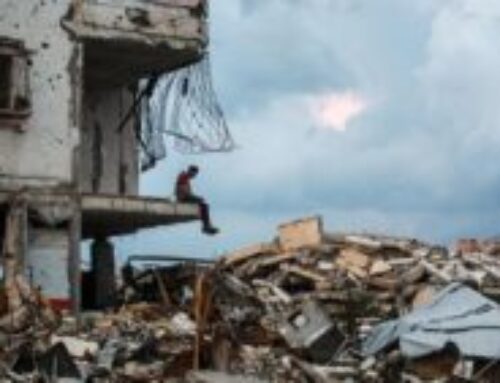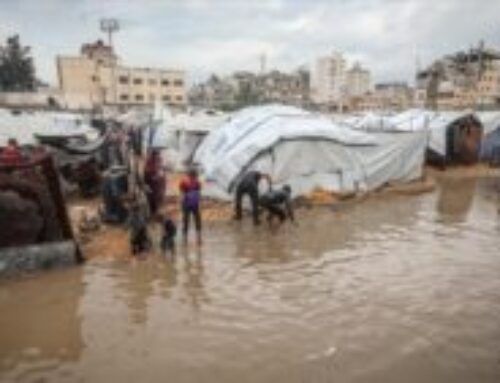The war in Gaza has not ended — it has only changed its form. Instead of airstrikes shaking the buildings, there is now a heavy silence hanging over the ruins of what has become the most devastated city in the world relative to its size and population. More than seventy million tons of rubble cover the streets and neighborhoods of the Strip, while tens of thousands of unexploded bombs lie scattered among the remains of homes, turning every road into a delayed explosion and every neighborhood into a death trap.
Engineering estimates in Gaza confirm that the volume of rubble far exceeds the capacity of municipalities and civil defense teams. Removing such an enormous mass of debris will require no less than five years of continuous work — and urgent international assistance. The limited equipment is insufficient, and exhausted crews work amid dangers closing in from all sides. Relevant authorities have also warned of thousands of unexploded ordnances spread across refugee camps and residential areas, describing them as “ticking bombs” that could ignite new tragedies at any moment.
While rescue teams struggle to clear the roads and remove debris, the humanitarian catastrophe continues to deepen. The war that burned stone has left human beings with nothing but hunger and fear. More than two million Palestinians now live in temporary tents and partially destroyed schools, without sufficient electricity or clean water, and amid a growing scarcity of food and medicine.
Reports from the United Nations Relief and Works Agency for Palestine Refugees (UNRWA) indicate that around 88% of Gaza’s agricultural land has been destroyed or rendered inaccessible due to bombardment and landmines — depriving thousands of farmers of their only source of livelihood and causing an almost complete collapse of food security. The World Food Programme (WFP) has also stated that the continued closure of border crossings, especially in the north, has prevented the entry of vital humanitarian aid, while the occupation still bans the import of essential items such as meat, poultry, eggs, and fresh vegetables.
Markets that once pulsed with life are now nearly empty. The few goods available are priced several times higher, while most residents live below the poverty line, with no work and no income. Food has become a daily dream, and a full meal a rare event for which people wait in long relief lines.
The United Nations has warned that what Gaza is enduring constitutes an unprecedented humanitarian crisis. The UN High Commissioner for Human Rights, Volker Türk, urged that human rights must be placed at the center of any recovery process in the Strip, stressing the need to end the policy of collective punishment and to ensure the urgent delivery of food, water, and medical care.
Although the ceasefire has been in effect for days, the aftermath of war continues to haunt every corner of Gaza. Death has not left the city — it has only changed its form. It now hides in the rubble that buries the streets, in the dust-filled air, and in the silent hunger that gnaws at bodies without sound.
And yet, Gaza continues to resist in its own way. Amid the tents, life begins again; in the darkness, fragments of hope still give light. There are those who lift the rubble to find what remains of their homes, and those who rebuild with bare hands a wall or a window that still stands. For this land, which has burned again and again, does not know surrender.
Today, Gaza stands on the edge of annihilation — yet it is also a city that cannot die. It stands upon its wound, looks out to the sea that has grown narrow around it, and says to the world from beneath the dust: We are still here… waiting for life to rise from the rubble.





